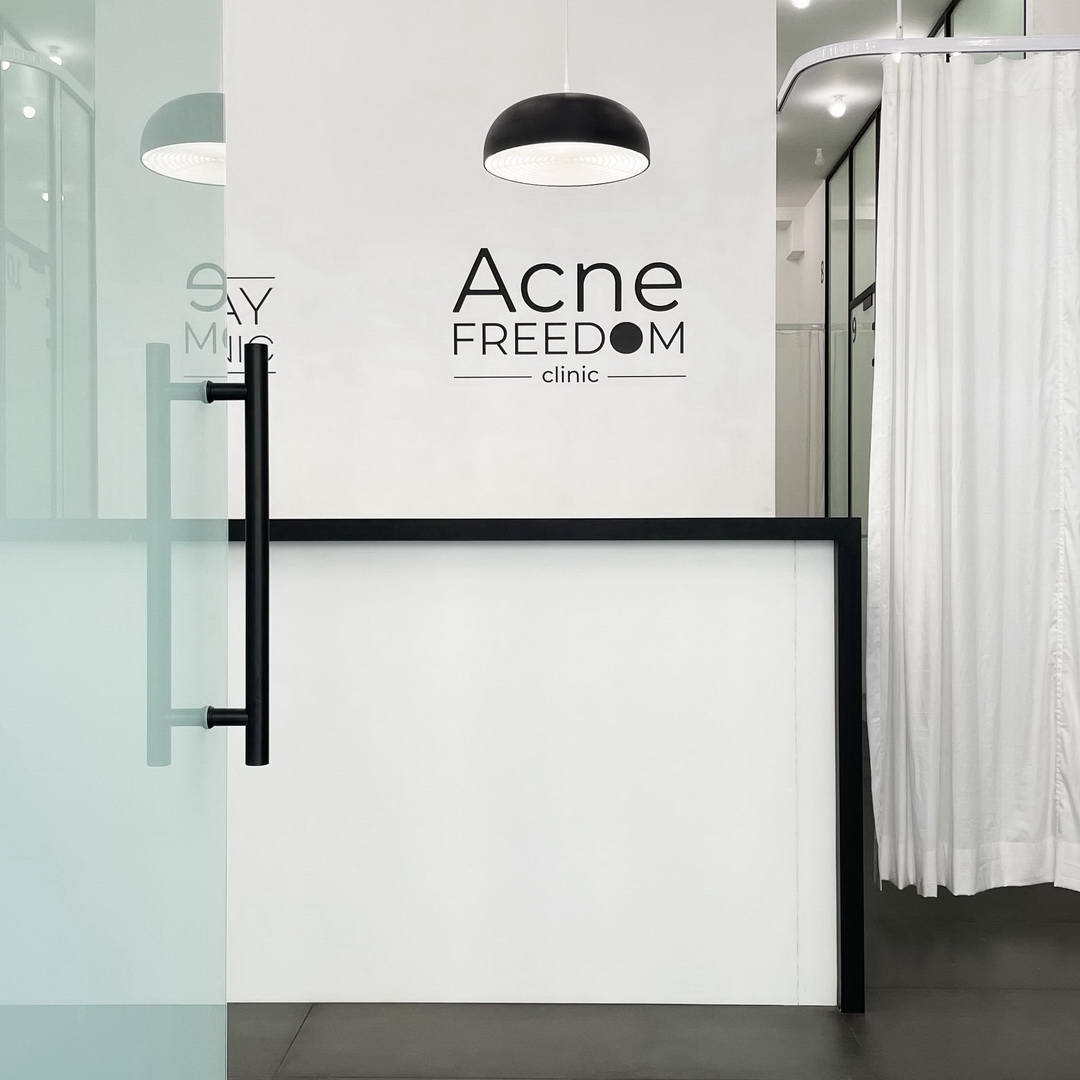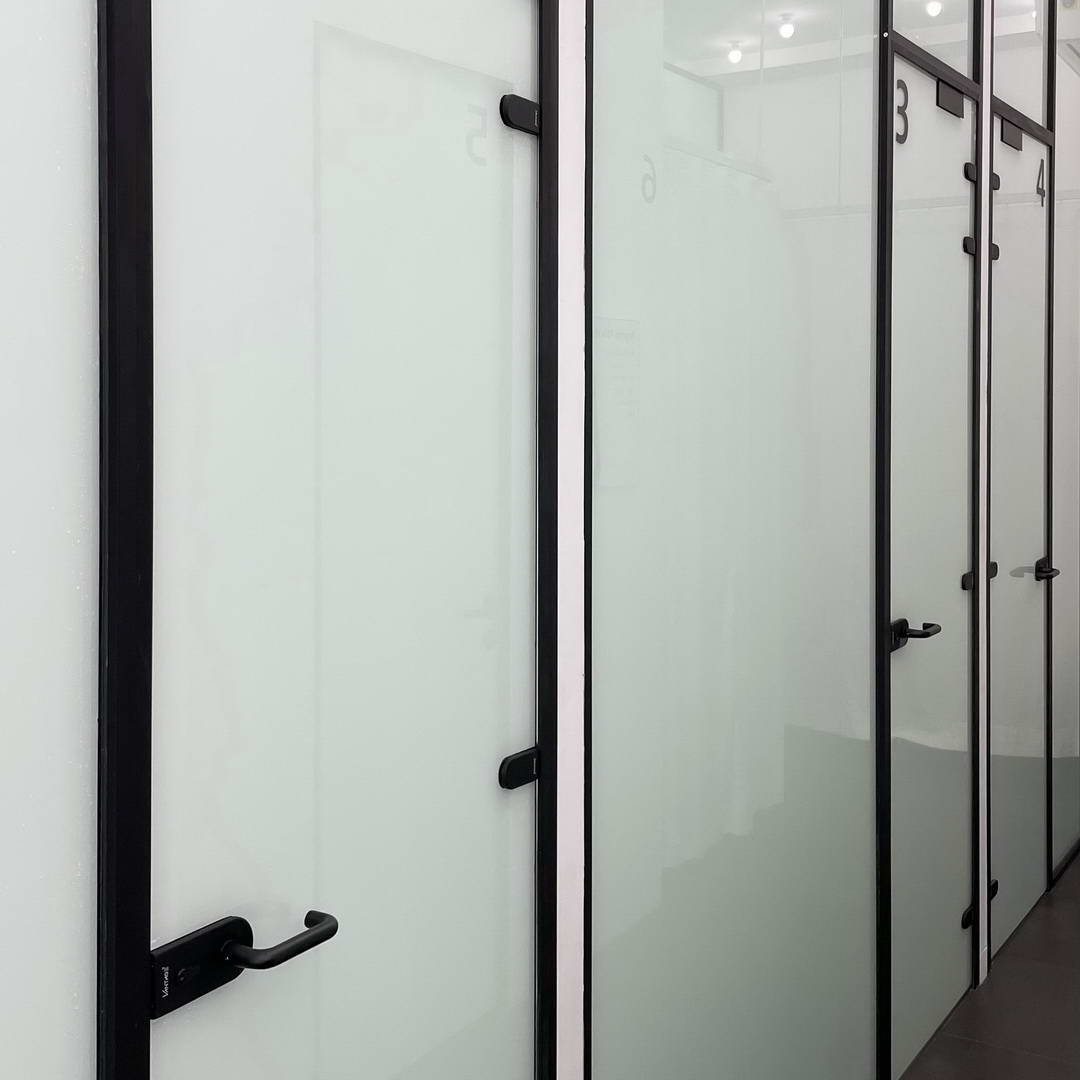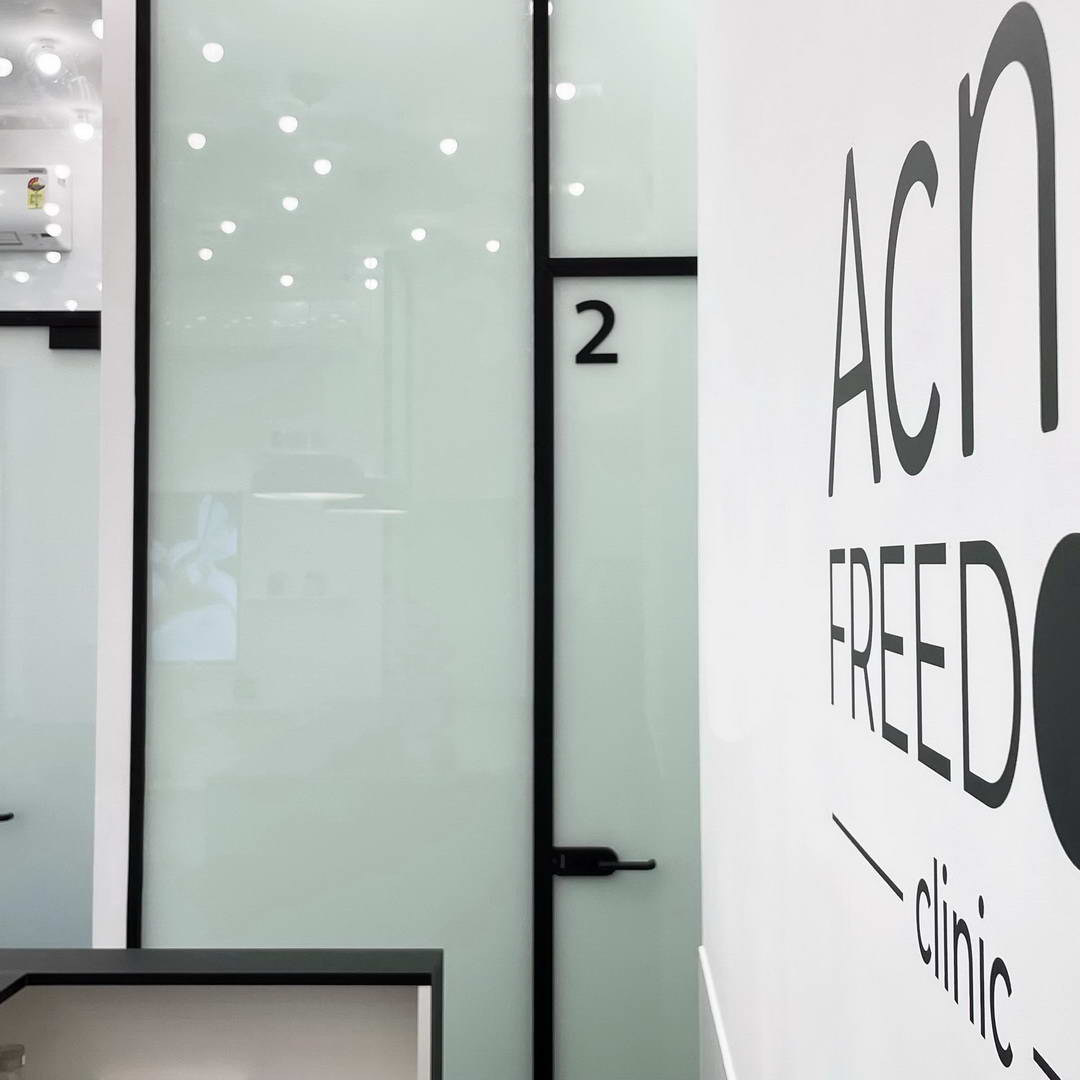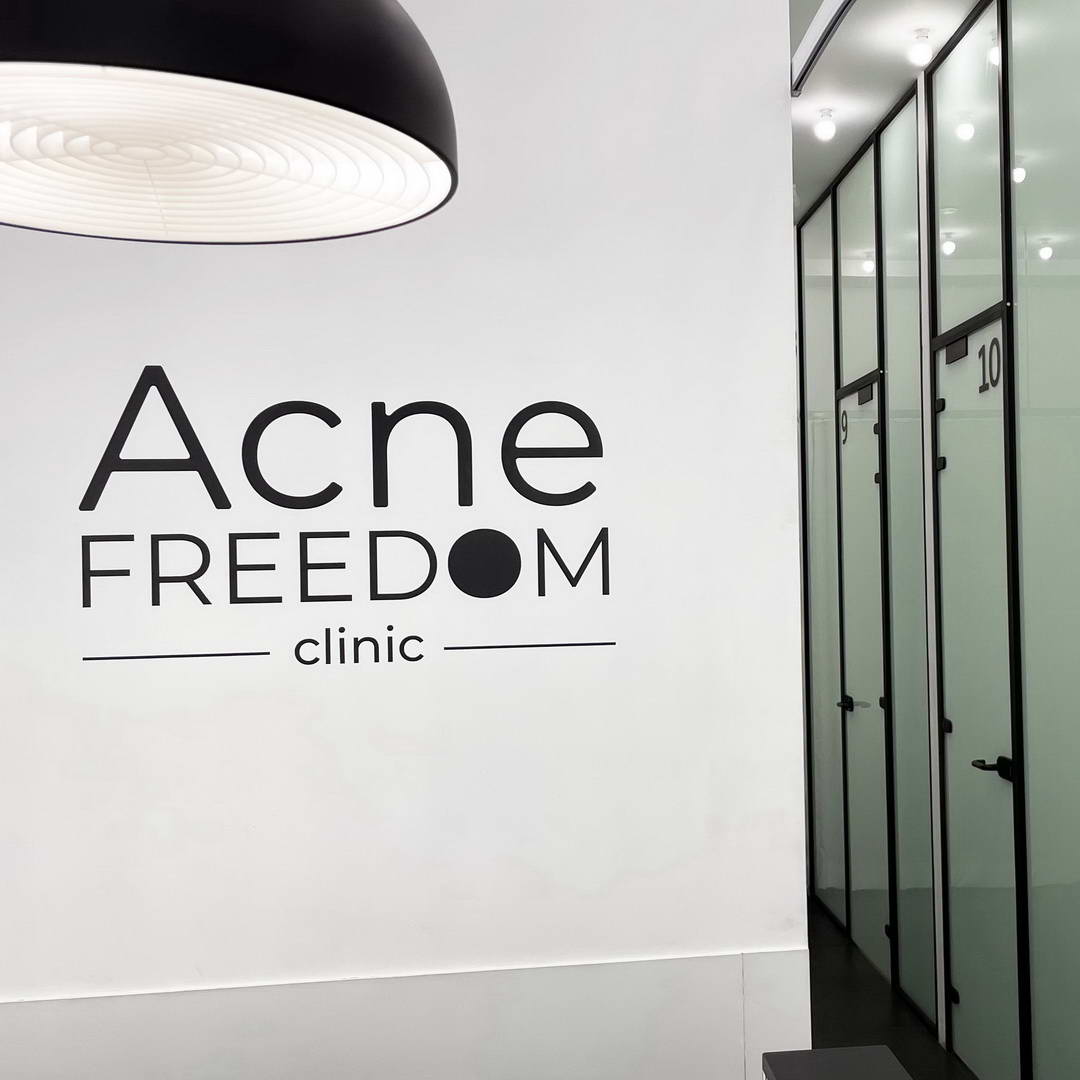Acne scarring can be a frustrating and often embarrassing reminder of past breakouts. Even after the pimples have cleared up, scars can remain, affecting the texture and appearance of the skin. But what exactly are acne scars, and how can they be treated?
We will explore the various types of acne scars and the latest treatment options from topical creams to CO2 fractional laser, micro needling available to those seeking to minimize their appearance.
Types of Acne Scars
Atrophic Scars
Atrophic scars are one of the most common types of acne scars. These scars are characterized by tissue loss resulting in a depressed or sunken appearance. They occur when the skin cannot regenerate tissue after an acne lesion has healed. Atrophic scars are further classified into three subtypes:
Box-car scars are characterized by shallow, wide, and well-defined depressions in the skin and can be challenging to treat. However, there are several treatment options available that can help improve their appearance. Here’s a brief overview of some common treatment options for box-car scars and how they work:
- Dermabrasion: Removes top skin layers to stimulate collagen production and new, healthy skin growth.
- Microneedling: Creates tiny punctures in the skin to trigger the body’s natural healing response and fill in depressions caused by box-car scars.
- Chemical peels: This applies a chemical solution to exfoliate the skin and encourage collagen production to reduce the depth and appearance of scars.
- Laser therapy: Uses focused light energy to remove outer skin layers and stimulate collagen production for smoother skin texture. Expect noticeable improvement in scar appearance and texture.
- Fillers: Injects dermal fillers like hyaluronic acid into scars to temporarily fill depressions and create a smoother skin surface.
- Subcision: Breaks up fibrous tissue that tethers scars to underlying tissue, allowing scars to rise to the surface and reduce their depth.
Ice-pick scars are narrow, deep, and V-shaped, resembling small holes. These scars can occur when acne causes damage to the skin’s deeper layers, leading to the development of scar tissue.
At Acne Freedom Clinic, we offer several treatment options for ice-pick scars. These scars are one of the most challenging types of acne scars to treat but can be improved with the following treatments that we offer:
- TCA Peel: We use a high trichloroacetic acid (TCA) concentration to stimulate collagen production and improve the appearance of the ice-pick scars.
- Microneedling: We create tiny punctures in the skin using a device with fine needles to stimulate collagen and elastin production, helping to fill in the depressions caused by ice-pick scars.
- Dermal Fillers: We inject dermal fillers directly into the scars to temporarily fill the depressions and create a smoother skin surface.
- Punch Excision: We surgically remove individual ice-pick scars with a small, cookie-cutter-like instrument and suture the wound’s edges together.
- Subcision: We insert a needle under the scarred skin to break up the fibrous tissue tethering the scar to the underlying tissue. This process releases the scar, allowing it to rise to the surface and reducing its depth.
It’s important to note that no single treatment works for everyone, and a combination of these treatments may be necessary for optimal results. Our dermatologists will discuss the most appropriate treatment plan based on the patient’s skin type and the severity of their ice-pick scars.
Rolling scars are atrophic acne scars that produce an undulating and uneven appearance, with sloping edges that merge into normal skin. They occur beneath the skin creating a rolling or wave-like appearance. Rolling scars are usually shallow, resulting in a smooth bottom surface and subtle skin indentation.
Several effective tailored treatment options are available for rolling scars at our Acne Freedom Clinic.
- Chemical Peels: We apply chemical solutions to exfoliate the skin, encouraging collagen production and reducing scar depth.
- Laser Therapy: We use light energy to remove outer skin layers and stimulate collagen production, improving skin texture and appearance.
- Microneedling: We puncture the skin with fine needles to boost collagen and elastin production, filling in scar depressions. It effectively reduces the depth and visibility of acne scars, leading to smoother and firmer skin.
- Subcision: We break up fibrous tissue beneath the scar, releasing it and reducing its depth. Subcision is excellent for treating deep acne scars, resulting in a more even and smoother skin surface.
- Dermal Fillers: We inject fillers to smooth the skin surface and fill depressions.
We work closely with patients to determine the most suitable treatments based on individual skin types and scar severity.
Hypertrophic and Keloid Scars
Hypertrophic and keloid scars are raised, bumpy scars that can occur after severe acne inflammation. Hypertrophic scars are raised, firm scars that remain within the boundaries of the original wound. Keloid scars are also raised scars but extend beyond the original wound, spreading into the surrounding skin.
Hypertrophic and keloid scars can occur on any part of the body after severe acne inflammation, but they are most commonly found on the chest, shoulders, back, and jawline.
Darker-skinned individuals are more prone to developing hypertrophic and keloid scars because of their higher melanin production. When the skin is damaged, the body produces more melanin, which creates a darker-pigmented scar.
In individuals with darker skin tones, the overproduction of melanin can result in significantly darker and more noticeable scars.
At Acne Freedom Clinic, we understand the challenges of hypertrophic and keloid scars. We offer various treatment options to help you achieve smooth and healthy skin.
- Corticosteroid injections: These injections reduce inflammation and flatten raised scars.
- Laser therapy: We use advanced technology to resurface the skin and minimize scarring.
- Surgical removal: We carefully remove the scar tissue and close the wound with minimal tension.
- Topical treatments: We prescribe creams and gels to improve the appearance of scars and prevent their formation.
- Silicone sheets: We recommend wearing silicone sheets to soften and flatten scars over time.
- Cryotherapy: We freeze the scar tissue to improve its appearance and texture.
- Pressure garments: We suggest wearing pressure garments to compress the scar and promote healing.
At Acne Freedom Clinic, we aim to provide effective and personalized treatment plans for all types of scars.
Post-inflammatory Hyperpigmentation
Post-inflammatory hyperpigmentation (PIH) is a common skin condition that can develop after acne inflammation. It is characterized by dark spots or patches on the skin, which can be brown, black, or red.
PIH occurs when melanin, the pigment responsible for skin color, is overproduced during the healing process. The severity and duration of PIH can vary, but it usually fades over time without any treatment.
It is important to note that prevention is the best way to avoid PIH. Wearing sunscreen and avoiding picking or squeezing acne lesions can help prevent PIH from forming in the first place.
We specialize in treating post-inflammatory hyperpigmentation (PIH) at Acne Freedom Clinic. Our treatment options help restore your skin’s natural tone and appearance.
- Topical lightening agents: We prescribe creams and gels to reduce pigmentation and even skin tone.
- Topical retinoids: We recommend creams to increase cell turnover and improve skin texture.
- Microdermabrasion: We use this gentle technique to remove the top layer of skin, promoting a more even complexion.
- Chemical peels: We offer customized chemical peels to exfoliate the skin and reduce discoloration.
- Laser therapy: We provide laser treatments to target and break down excess pigment in the skin. It’s ideal for reducing redness and improving the appearance of acne scars with minimal downtime.
- Sun protection: We emphasize the importance of daily sun protection to prevent further PIH and protect treated areas.
Our dermatology clinic is dedicated to helping you achieve clear, healthy skin through personalized treatment plans for post-inflammatory hyperpigmentation.
Treatment for Specific Acne Scar Types
The table below summarizes our treatments at Acne Freedom Clinic for specific scar types:
| Type of Acne Scars | Treatments | Recovery | Possible Side Effects |
| Boxcar Scars Treatment | Subcision, laser therapy, or punch excision are effective for boxcar scars. | Recovery time varies (1-7 days) based on the chosen procedure. | Potential side effects include redness and swelling. Results are typically long-lasting, with noticeable improvement in skin texture. |
| Ice-pick Scars Treatment | TCA CROSS peels or punch excision can treat ice-pick scars. Significant reduction in scar depth after treatment is achievable with multiple sessions. | Recovery usually takes 3-10 days. | Side effects may involve temporary redness and scabbing. |
| Rolling Scars Treatment | Microneedling or fractional laser resurfacing treats rolling scars. Consistent sessions yield smoother skin and reduce scar visibility. | Recovery lasts 3-5 days. | Expect mild redness and swelling. |
| Hypertrophic and Keloid Scars Treatment | Corticosteroid injections, silicone gel, or cryotherapy help treat hypertrophic and keloid scars over multiple sessions. Results encompass flatter, less noticeable scars over time. | Recovery is minimal in the treatment of these types of acne scarring. | Side effects include mild discomfort. |
| Post-inflammatory Hyperpigmentation Treatment | Topical lightening agents or chemical peels address post-inflammatory hyperpigmentation. Additionally, regular treatments lead to more even skin tone and reduced pigmentation. | Recovery spans 1-7 days. | Side effects such as temporary redness or peeling are common. |
At Acne Freedom Clinic, we harness advanced technologies to effectively treat acne scars. Our state-of-the-art technologies and treatments are all tailored to your specific needs. Trust our expertise to help you achieve smoother, healthier skin and regain your confidence with our innovative, personalized solutions. Our experienced team is dedicated to guiding you through every step of your skincare journey, ensuring the best possible results.












